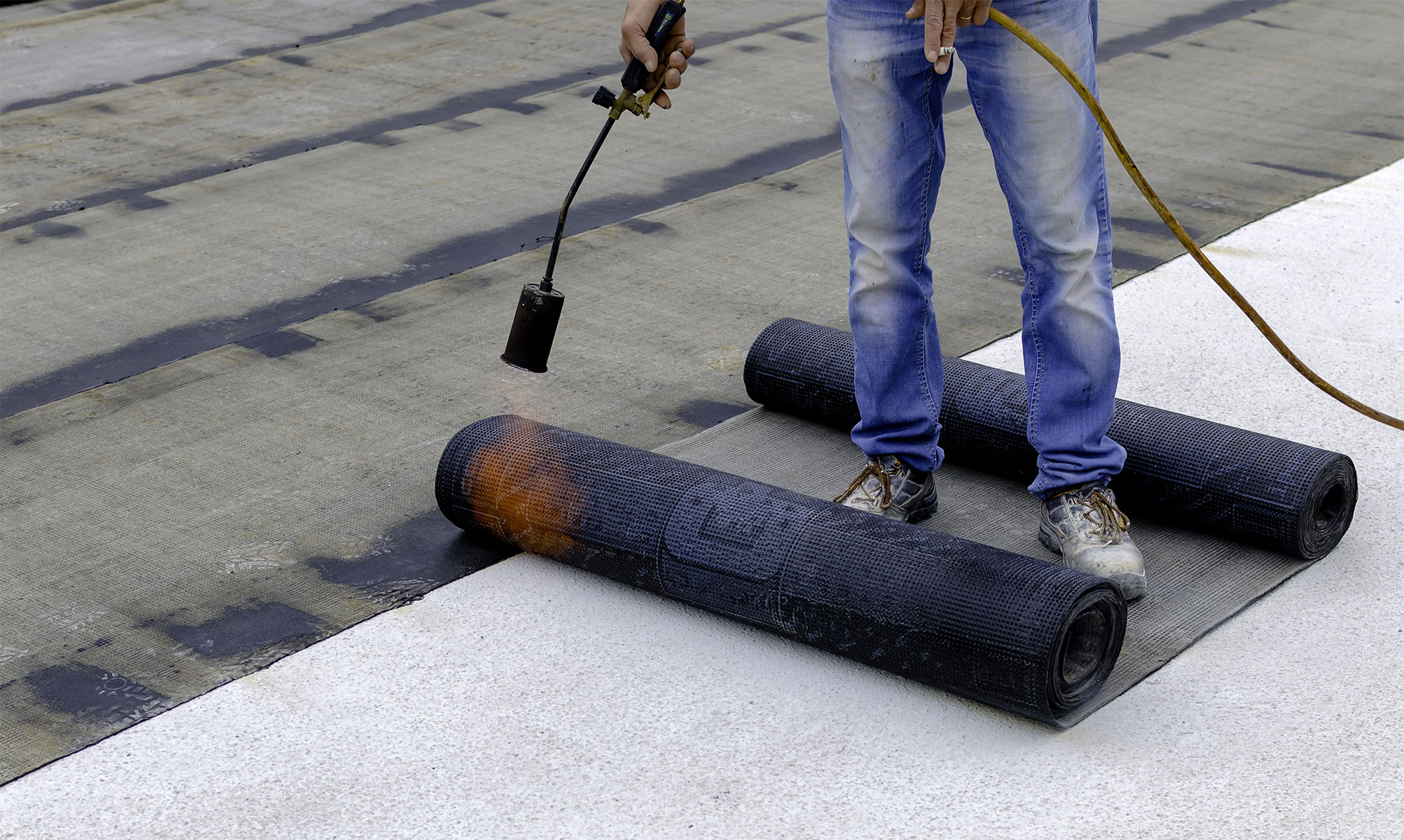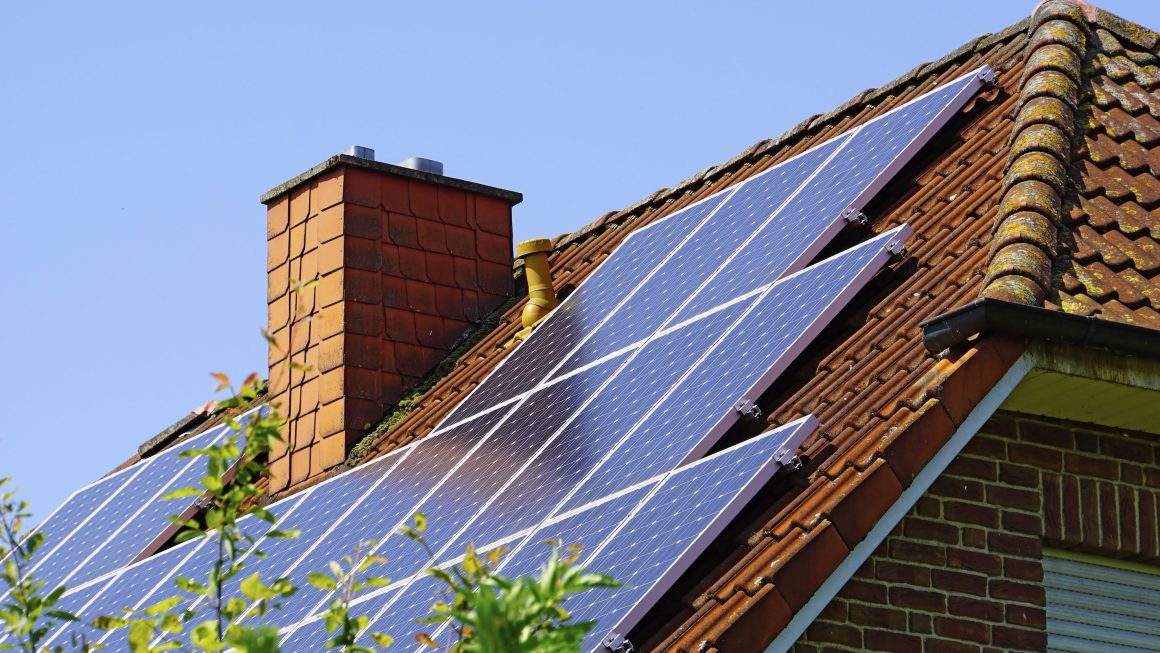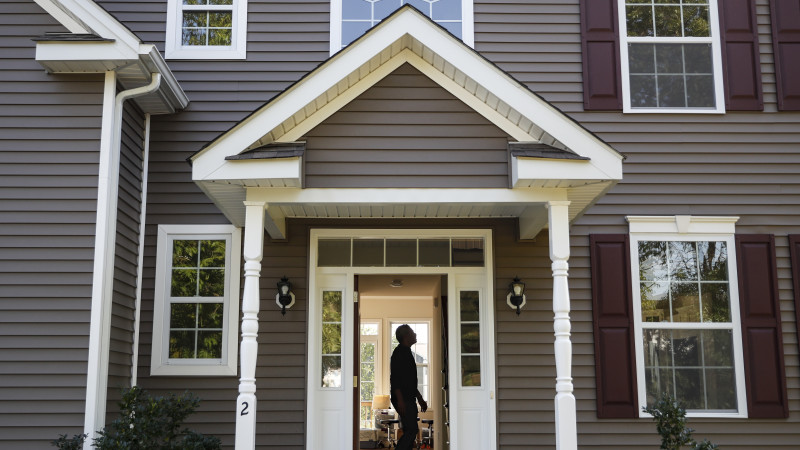Membranes are barriers in water treatment that enable water to flow through but prevent undesired contaminants from doing so. Technical membranes exclude salts, pollutants, viruses, and other particles from water in the same way as cell walls do in human bodies.
A membrane process is any method for filtering or removing particles from water that uses a membrane barrier. Because of the pressure differential between one side of the membrane and the other, fluid passes through it. Contaminants only stick to one side. Although various forms of filtering media are used for water treatment — for instance, clay, silt, and sand — one of the qualities that separates membranes is their capacity to separate tiny particles such as salts and ions from a liquid.
Why is it important to have water membranes?
It makes no difference whether you have a household or business property with water logging problems. The only thing that matters is that appropriate waterproofing is carried out. Waterproofing membranes will not only extend the life of your property, but they will also raise its worth.
Water infiltration and pollutant vapour protection are high on the list of features to include in your building to maintain the structure’s integrity. Waterproofing membranes are a popular choice for buildings since they offer a number of long-term benefits that might help the structure last longer. Consider the benefits of having a waterproof foundation and how choosing the right waterproofing membrane may help you protect your customers’ property.
How Does a Waterproofing Membrane Work?
You know what a waterproofing membrane is, but can you explain what it is and why it is so important to others who don’t? Waterproofing membranes are made up of layers of hydrophobic and hydrophilic materials that prevent water from passing through and enable water to pass through.
Waterproofing Membrane Advantages
Waterproofing membranes provide a number of benefits. Water and other contaminants are kept out of the structure, extending its life and ensuring that it complies with or exceeds environmental safety requirements and laws. Here are a few more benefits of using high-quality waterproofing membranes for you to mention with your customers:
It portects your structure from any damage
Flooding, water leaks, pollutant leaks, mould, and mildew are all prevented by waterproofing your structure.
It helps you in saving insurance expenses
Your structure will be better equipped to withstand weather events and environmental changes that would otherwise demand property insurance repairs if it is structurally sound.
The floor is protected.
Waterproofing can prevent concrete erosion, which can eventually destroy the concrete and your foundation. This also protects the flooring you walk on every day.
Asset security is critical.
Waterproofed structures seldom have previous water damage to reveal, and the property selling process is unaffected.
Conclusion
In a word, waterproofing is the process of protecting internal and exterior building structures from water infiltration, such as toilets, swimming pools, water tanks, walls, and ceilings. This creates a barrier between the material and the water, reducing flooding and moisture in the structure. All you have to do now is contact the appropriate service provider and have the membranes installed.



